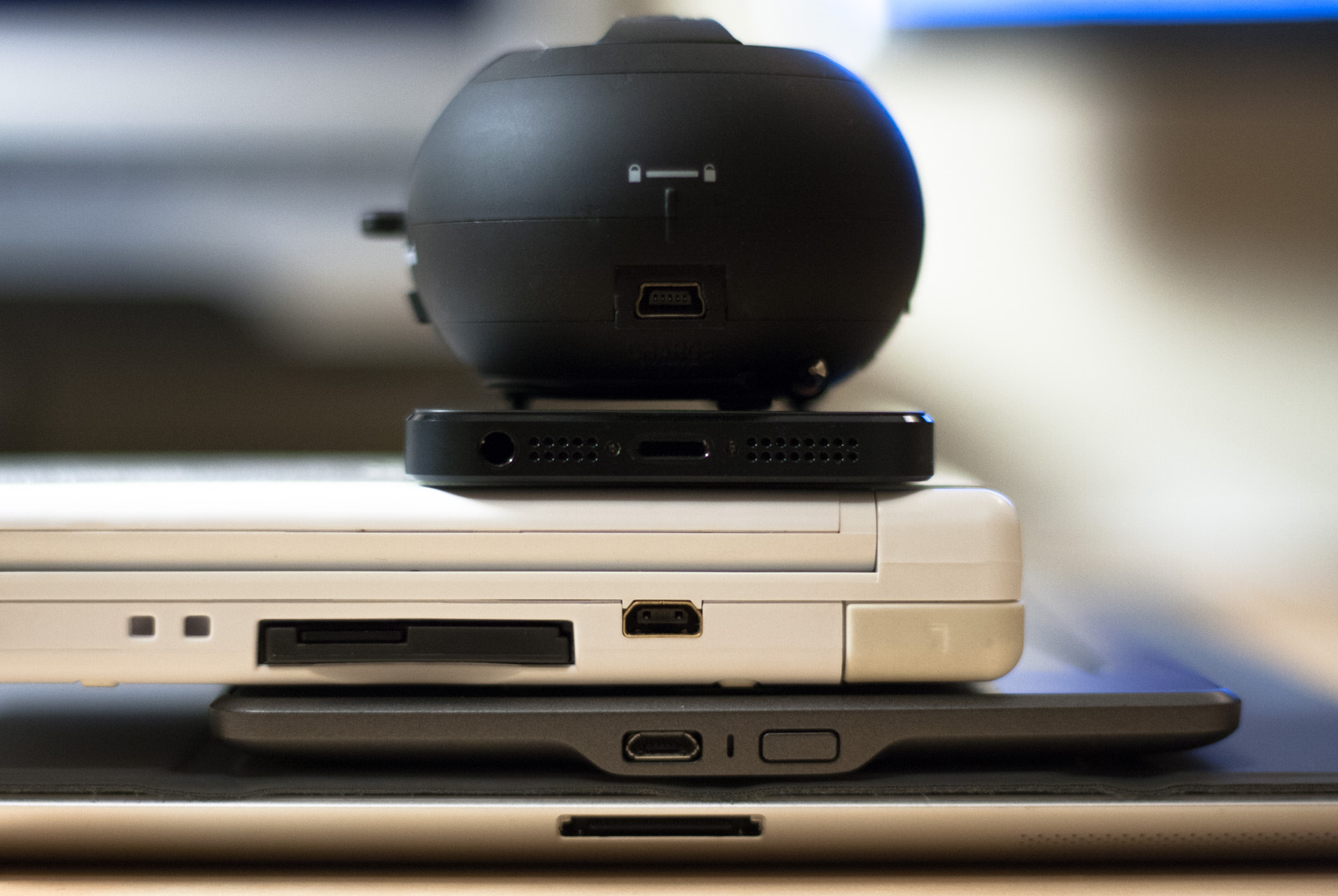Let’s talk USB battery packs. Essentially, you’ve got a lithium ion battery hooked up to a USB port. This is awesome because USB charging is pretty much ubiquitous, and for everything that does charge over it, you never need to worry about running out of battery again.
Batteries are always too small. The one-device trend doesn’t help, with phones replacing multiple gadgets which had their own batteries - if your camera’s battery ran out, you should still make phone calls. While the convenience of the consolidation far outweighs the problems, phone batteries are just not big enough. They’re getting better, more due to reductions in chipset power consumption than better batteries, but a brand new iOS or Android phone still won’t last a full day of GPS, gaming and photo taking.
As a result, a USB port attached to a big battery is remarkably useful, both for a long day or when you’re away from a wall socket for multiple days. Surprisingly, they’re also really convenient when you want to use your phone around the house while it’s charging.

There are a load of different models out there, but I’m not going to recommend one or another. The only real design consideration you should make is to get one can be charged over micro-USB, saving the need for a propriatory cable. If you have a newer iPhone, a micro-USB lightning adaptor is useful as you can charge pretty much anything with the one cable.
The only real decision is how big. They’re usually rated in milliampere-hours (mAh). To give you a rough idea, an iPhone 5 has a 1,440mAh battery and a Nexus 4 sits at 2,000mAh 1. To get a rough measure of how many charges you’ll get, divide the capacity by your phone’s battery size and multiply by 0.7 2. From this, a 6,000mAh pack will charge an iPhone 5 slightly under 3 times.
The size and weight scales fairly linearly with capacity, so a 10,000mAh pack weighs about twice as much a 5,000mAh one. I’ve played with a few, and I think that 5,000mAh is the sweet spot for most people. They’re about the same size and shape as a smartphone, and although smaller ones are more pocketable, I wouldn’t carry one without a bag where the minor additional weight isn’t going to bother me. A lot of newer models are pushing 10,000mAh. Althought they’ll give about 6 charges, they weight in at about 300g which is pretty meaty. If you need something to keep your phone juiced for 7+ days, or are charging multiple phones, you probably known who you are - otherwise go for a 5k pack. Unless of course you’re not looking to charge a phone, which leads to my next point.
Essentially, the iPad is an iPhone strapped to a big battery and a big screen. And yeah, the reason it needs the big battery is the big screen. The problem with charging an iPad 3 from a pack is exactly how big this battery is. The iPad 4 clocks in at 11,560mAh - if you have a 10,000mAh pack, you might get 2/3 of a charge out of it if you’re lucky. Smaller tablets like the Nexus 7 (3950mAh) or iPad min (4440mAh) do rather better, nailing a couple of charges.
That’s about it. Don’t worry about leaving navigation running in the background.
-
Astute readers will note that current phone batteries are 3.8V while battery packs are 3.7V, so watt-hours would be a better measure. I don’t make the rules. ↩
-
(Surprisingly accurate) fudge factor. The batteries are usually 3.7V, which has to be stepped up to 5V for USB charging, which is then stepped down by the phone. This gives an efficiency of something like 70%-80%. ↩
-
iPad 3 or later. Prior to that the batteries were fairly reasonably sized, but the introduction of the retina screen forced them to almost double the battery capacity to keep battery life the same. ↩